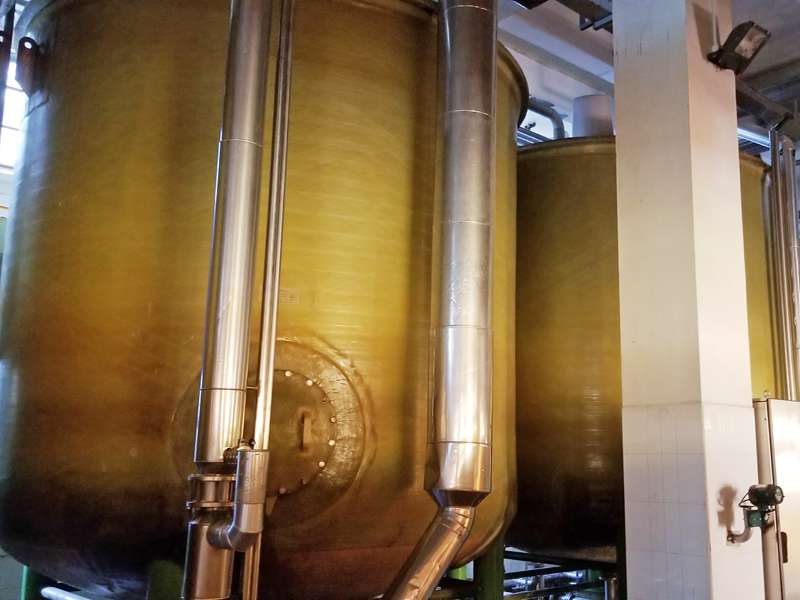
-
 Afrikaans
Afrikaans -
 Albanian
Albanian -
 Amharic
Amharic -
 Arabic
Arabic -
 Armenian
Armenian -
 Azerbaijani
Azerbaijani -
 Basque
Basque -
 Belarusian
Belarusian -
 Bengali
Bengali -
 Bosnian
Bosnian -
 Bulgarian
Bulgarian -
 Catalan
Catalan -
 Cebuano
Cebuano -
 China
China -
 China (Taiwan)
China (Taiwan) -
 Corsican
Corsican -
 Croatian
Croatian -
 Czech
Czech -
 Danish
Danish -
 Dutch
Dutch -
 English
English -
 Esperanto
Esperanto -
 Estonian
Estonian -
 Finnish
Finnish -
 French
French -
 Frisian
Frisian -
 Galician
Galician -
 Georgian
Georgian -
 German
German -
 Greek
Greek -
 Gujarati
Gujarati -
 Haitian Creole
Haitian Creole -
 hausa
hausa -
 hawaiian
hawaiian -
 Hebrew
Hebrew -
 Hindi
Hindi -
 Miao
Miao -
 Hungarian
Hungarian -
 Icelandic
Icelandic -
 igbo
igbo -
 Indonesian
Indonesian -
 irish
irish -
 Italian
Italian -
 Japanese
Japanese -
 Javanese
Javanese -
 Kannada
Kannada -
 kazakh
kazakh -
 Khmer
Khmer -
 Rwandese
Rwandese -
 Korean
Korean -
 Kurdish
Kurdish -
 Kyrgyz
Kyrgyz -
 Lao
Lao -
 Latin
Latin -
 Latvian
Latvian -
 Lithuanian
Lithuanian -
 Luxembourgish
Luxembourgish -
 Macedonian
Macedonian -
 Malgashi
Malgashi -
 Malay
Malay -
 Malayalam
Malayalam -
 Maltese
Maltese -
 Maori
Maori -
 Marathi
Marathi -
 Mongolian
Mongolian -
 Myanmar
Myanmar -
 Nepali
Nepali -
 Norwegian
Norwegian -
 Norwegian
Norwegian -
 Occitan
Occitan -
 Pashto
Pashto -
 Persian
Persian -
 Polish
Polish -
 Portuguese
Portuguese -
 Punjabi
Punjabi -
 Romanian
Romanian -
 Russian
Russian -
 Samoan
Samoan -
 Scottish Gaelic
Scottish Gaelic -
 Serbian
Serbian -
 Sesotho
Sesotho -
 Shona
Shona -
 Sindhi
Sindhi -
 Sinhala
Sinhala -
 Slovak
Slovak -
 Slovenian
Slovenian -
 Somali
Somali -
 Spanish
Spanish -
 Sundanese
Sundanese -
 Swahili
Swahili -
 Swedish
Swedish -
 Tagalog
Tagalog -
 Tajik
Tajik -
 Tamil
Tamil -
 Tatar
Tatar -
 Telugu
Telugu -
 Thai
Thai -
 Turkish
Turkish -
 Turkmen
Turkmen -
 Ukrainian
Ukrainian -
 Urdu
Urdu -
 Uighur
Uighur -
 Uzbek
Uzbek -
 Vietnamese
Vietnamese -
 Welsh
Welsh -
 Bantu
Bantu -
 Yiddish
Yiddish -
 Yoruba
Yoruba -
 Zulu
Zulu
fiberglass food grade equipment a closer look at its features and ...
A Closer Look at Fiberglass Food Grade Equipment Key Features and Benefits
In the food industry, safety and reliability are paramount. One of the materials that has gained significant traction in food-grade equipment is fiberglass. Known for its durability and versatility, fiberglass is an excellent choice for various food processing and handling applications. This article takes a closer look at the key features and benefits of fiberglass food-grade equipment.
Composition and Properties
Fiberglass is a composite material made from fine glass fibers and resin. This unique combination allows it to possess many desirable properties, making it suitable for food-related applications. Fiberglass is lightweight yet incredibly strong, which can help reduce overall equipment weight without compromising structural integrity. Additionally, it is resistant to corrosion, chemicals, and thermal fluctuations, ensuring a longer lifespan in harsh food processing environments.
Food Safety Standards
One of the most critical factors in choosing equipment for food handling is adherence to safety standards. Fiberglass food-grade equipment is designed to meet stringent guidelines set by regulatory agencies such as the FDA and USDA. Its non-porous surface does not retain moisture, reducing the risk of bacterial growth and contamination. Furthermore, fiberglass can be formulated with food-safe resins, ensuring that there are no harmful leachates that could compromise food safety.
Ease of Cleaning
Hygiene is crucial in any food-related operation. Fiberglass equipment is typically easier to clean than many alternatives. Its smooth, non-porous surface prevents food particles from becoming trapped, making it easier to wipe down and sanitize. Many fiberglass products are also resistant to mildew and stains, enhancing their overall hygiene and appearance. This ease of cleaning can lead to shorter downtime during cleaning processes, ultimately enhancing operational efficiency.
fiberglass food grade equipment a closer look at its features and ...

Versatility in Applications
Fiberglass food-grade equipment is highly versatile and can be used across various sectors in the food industry. From storage containers and processing tables to conveyor belts and trays, fiberglass components can be tailored to meet numerous operational requirements. This adaptability makes it suitable for various applications, including meat processing, seafood handling, dairy production, and vegetable processing, among others. Manufacturers can customize fiberglass products to meet specific dimensions and weights, providing optimal solutions for unique operational needs.
Thermal Stability
Another significant benefit of fiberglass is its excellent thermal stability. Resistant to extreme temperatures, fiberglass can handle hot steam and cold shock without warping or damaging the material. This characteristic makes it particularly useful in food processing scenarios where temperature fluctuations are common. For example, fiberglass containers can safely hold hot liquids or food products, maintaining their structural integrity while ensuring safety.
Cost-Effectiveness
While the initial investment in fiberglass equipment may be higher than some traditional materials, the long-term benefits can outweigh these costs. The reduced need for maintenance, combined with increased durability and longevity, makes fiberglass a cost-effective choice over time. Moreover, its energy efficiency and reduced downtime during cleaning and maintenance can further enhance its value proposition.
Conclusion
In conclusion, fiberglass food-grade equipment stands out as a reliable and efficient solution for the food industry. Its compliance with safety standards, ease of cleaning, versatility, thermal stability, and cost-effectiveness make it an attractive choice for food manufacturers and processors. As the industry continues to prioritize hygiene and efficiency, the adoption of fiberglass equipment is likely to grow, setting new standards in food safety and operational excellence. By investing in high-quality fiberglass solutions, businesses can ensure they meet consumer demands while also adhering to regulatory requirements, ultimately enhancing their reputation in an increasingly competitive market.









